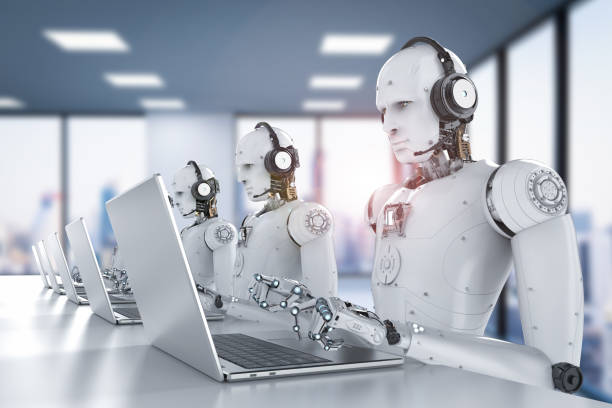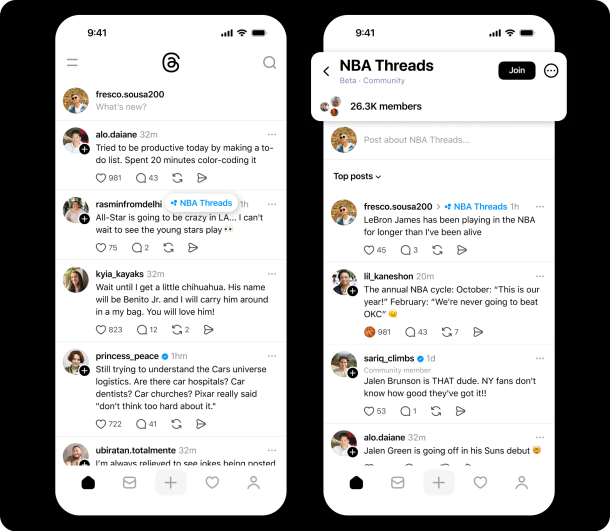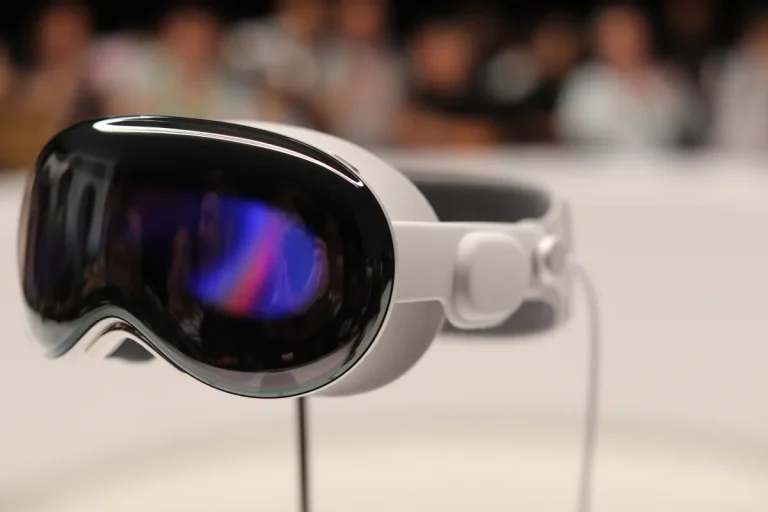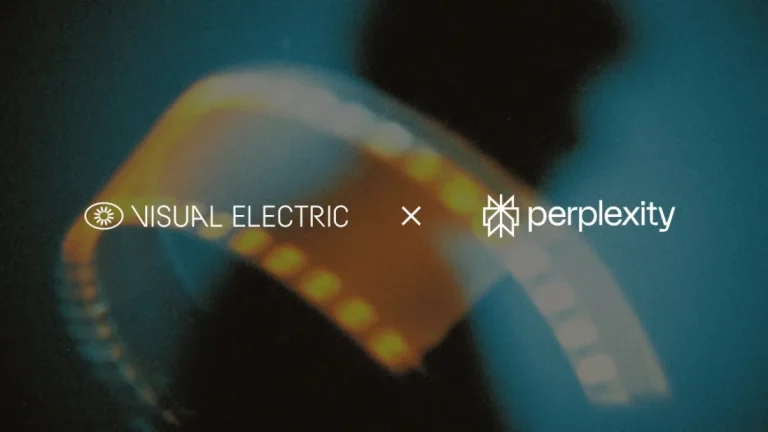
3d rendering humanoid robots working with headset and notebook
Big brains are training themselves now. Let’s talk about Absolute Zero — no, not the physics thing. We’re talking about a bold new paradigm in AI training that might change how large language models learn to reason, solve problems, and get smarter… without any help from us humans.
Here’s the backdrop: Reinforcement Learning with Verifiable Rewards (RLVR) has been a hot area for teaching AI how to reason better by rewarding it based on outcomes. Sounds great, right? But most RLVR methods still rely on curated training data — human-labeled questions, answers, and all the baggage that comes with manual supervision. That’s not only expensive and time-consuming, but it also limits scalability. And let’s be honest — if AI eventually becomes smarter than us, how useful will our data be anyway?
Enter Absolute Zero — a brand-new approach that flips the script. Instead of relying on external datasets or human-generated tasks, the model creates its own challenges. It proposes tasks for itself, solves them, checks its own work using a built-in code executor, and learns from the outcome. It’s like an AI with a built-in gym, coach, and referee, all in one.
At the heart of this is AZR — Absolute Zero Reasoner. This model trains itself using self-generated coding and math reasoning problems, and get this: it achieves state-of-the-art performance without touching a single external dataset. That’s right — no pre-written flashcards, no problem sets from the internet, just self-play and raw intelligence.
AZR works across different model sizes and architectures, making it ridiculously versatile. It’s the AI equivalent of teaching yourself calculus with no textbook, no teacher, and still acing the final.
So yeah, the AI just went fully independent. Let’s hope it still answers our emails.






